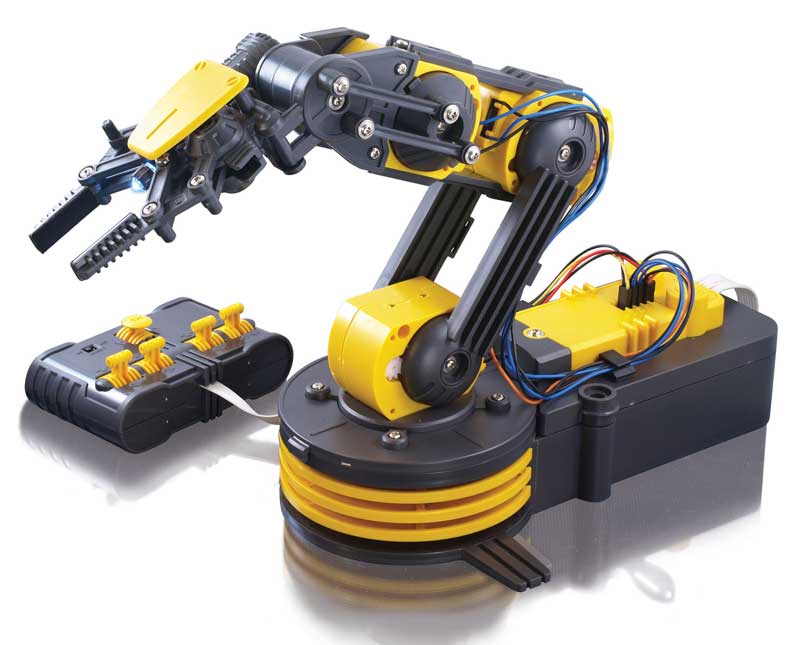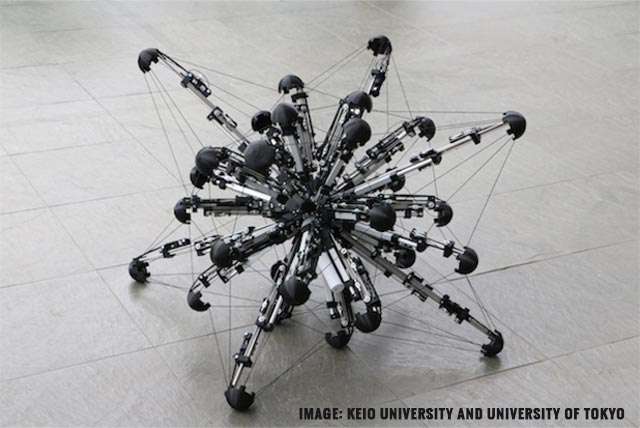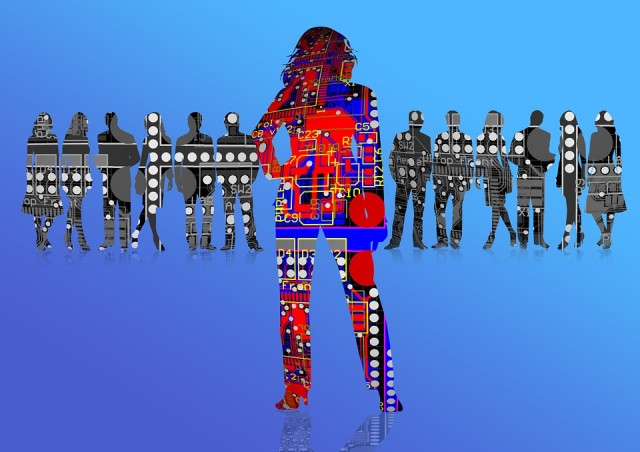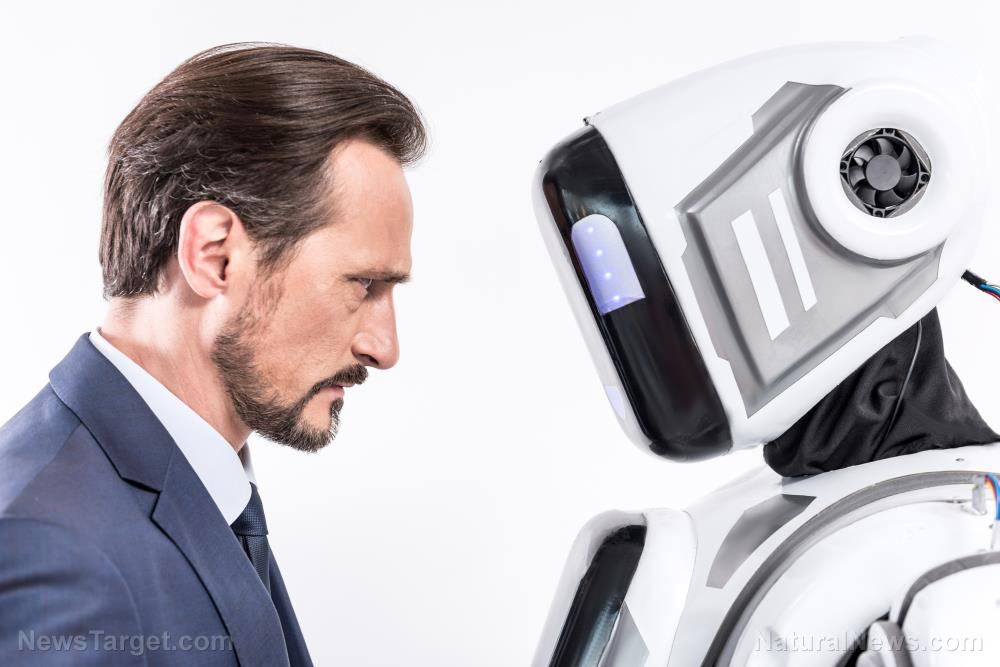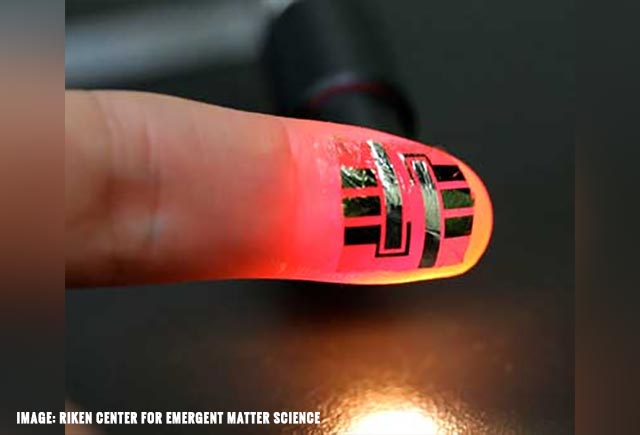Army scientists leverage brain-like computer to crack codes, solve battlefield problems quicker
04/25/2018 / By Edsel Cook

Military researchers have come across a terrifying use for brain-like computer architectures. They’re using these powerful neuromorphic computers to break the tried-and-tested public key encryption that protects most modern-day internet communications, according to a ScienceDaily article.
Neuromorphic computers are so powerful that they can be built to small specifications that require less electricity. They’re also able to perform large numbers of integer factorization problems at high speed.
In integer factorization, a number is expressed as the product of its prime integers. Anyone who’s suffered through arithmetic class in elementary school – or helped their kids with math homework – has broken down 20 into 2*2*5 many times.
The bigger the number, the more difficult the problem. Every time a new digit is added to the number, it takes twice the amount of time to factor it. So while a number with 10 digits can be factored in one minute, a number with 20 digits requires 17 hours, which is why it is an effective security measure.
The widely-used public key encryption uses integer factorization to create a secure method of communication. In public key encryption, a receiver sends a very large composite integer to parties that want to send encrypted messages.
Breaking down this “public key” into its prime components will produce the private key that will decrypt the document. But this takes inordinate amounts of time for unauthorized people who do not have the private key to begin with. (Related: NaturalNews exclusive: US government developing ultimate cyber weapon; Prime-factoring quantum computing makes encryption obsolete.)
Neuromorphic computers are built like living brains
A U.S. Army Research Laboratory (ARL) study decided to take the security of the public key encryption system as a challenge. Dr. John V. Monaco and Dr. Manuel Vindiola studied how neuromorphic computers could speed up current integer factorization algorithms.
Conventional computers follow the principles of von Neumann architecture, where the central processing unit (CPU) uses a bus to read and write to the separate memory. The bus can only handle so much bandwidth, forcing the CPU to wait until it can finally access the memory.
Neuromorphic computers do not have a CPU, memory, or bus. They are made up of numerous individual computation units linked together by physical or simulated pathways, in much the same way the neurons in a brain are linked by synaptic connections.
These devices can run on a molecular time scale, a speed that leaves traditional von Neumann computers in dust. Neuromorphic computer architecture can provide the processing power for algorithms that solve large integer factorization problems and decrypt public keys in shorter amounts of time.
Brain-like computers can crack almost any encryption
Furthermore, the ARL researchers developed a method that allows a neuromorphic co-processor to factor integers. Integer factorization algorithms are comprised of the sieving stage and the matrix reduction stage. The first stage hogs most of the computations because it looks for integers with the B-smooth property, which is the absence of a prime factor greater than B.
Monaco and Vindiola devised a neural network that can identify B-smooth numbers faster and more accurately than a traditional computer. This is because neuromorphic computers can perform parallel processing using individual computational units in much the same way that organic brains can perform arithmetic operations.
The bigger a neuromorphic computer, the quicker it can solve bigger integer factorization problems. The ARL researchers estimate that current neuromorphic architecture-powered algorithms can break down a 1,024-bit key in just one year. The same encryption was considered unbreakable by von Neumann systems.
In addition to potentially obsoleting the public key encryption responsible for securing most of the Internet, neuromorphic computers are also driving developments in the fields of machine learning and artificial intelligence.
Visit Computing.news for more stories on computer encryption.
Sources include:
Tagged Under: artificial intelligence, computing and internet, cyber security, decryption, encryption, Encryption Technology, integer factorization, Internet Security, machine learning, Neuromorphic computers, Neuromorphic Computing, public key encryption








